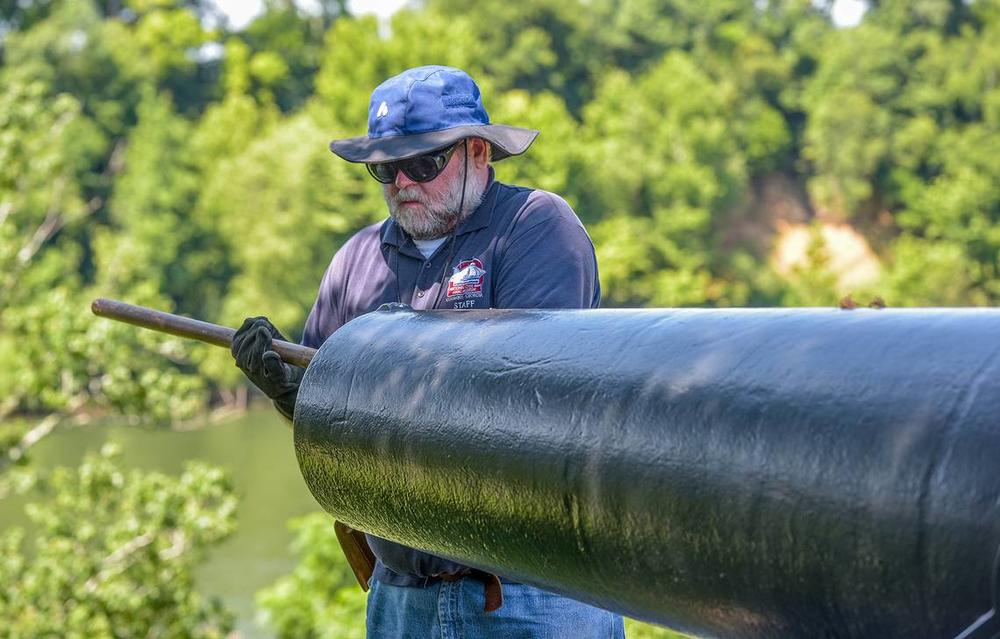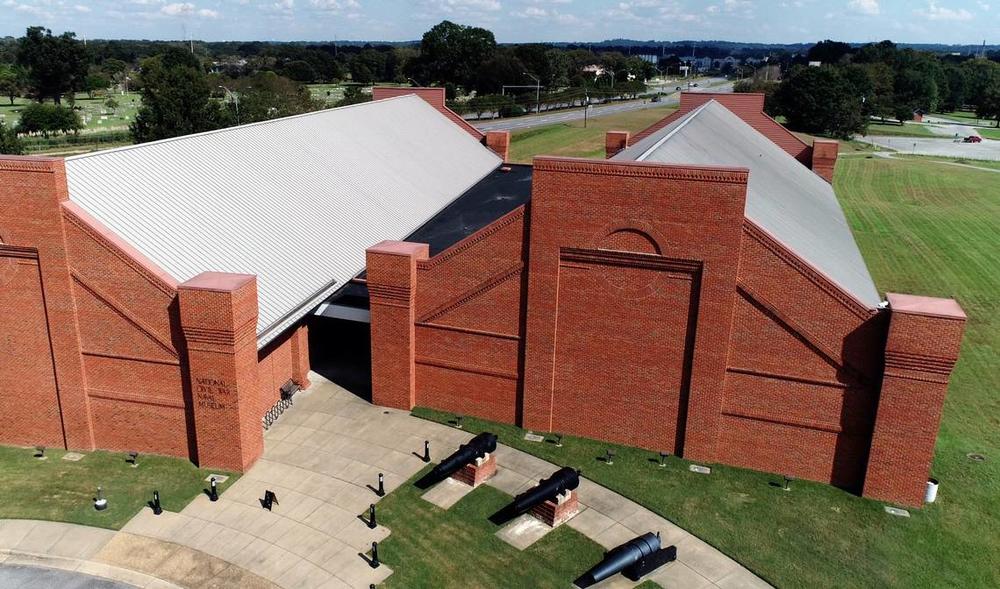
Caption
Jeff Seymour prepares a naval cannon for firing during the 2020 RiverBlast Festival at the National Civil War Naval Museum. A historian believes more cannons from a sunken Civil War ship may be in the Chattahoochee River.
Credit: Darrell Roaden / Special to the Ledger-Enquirer


